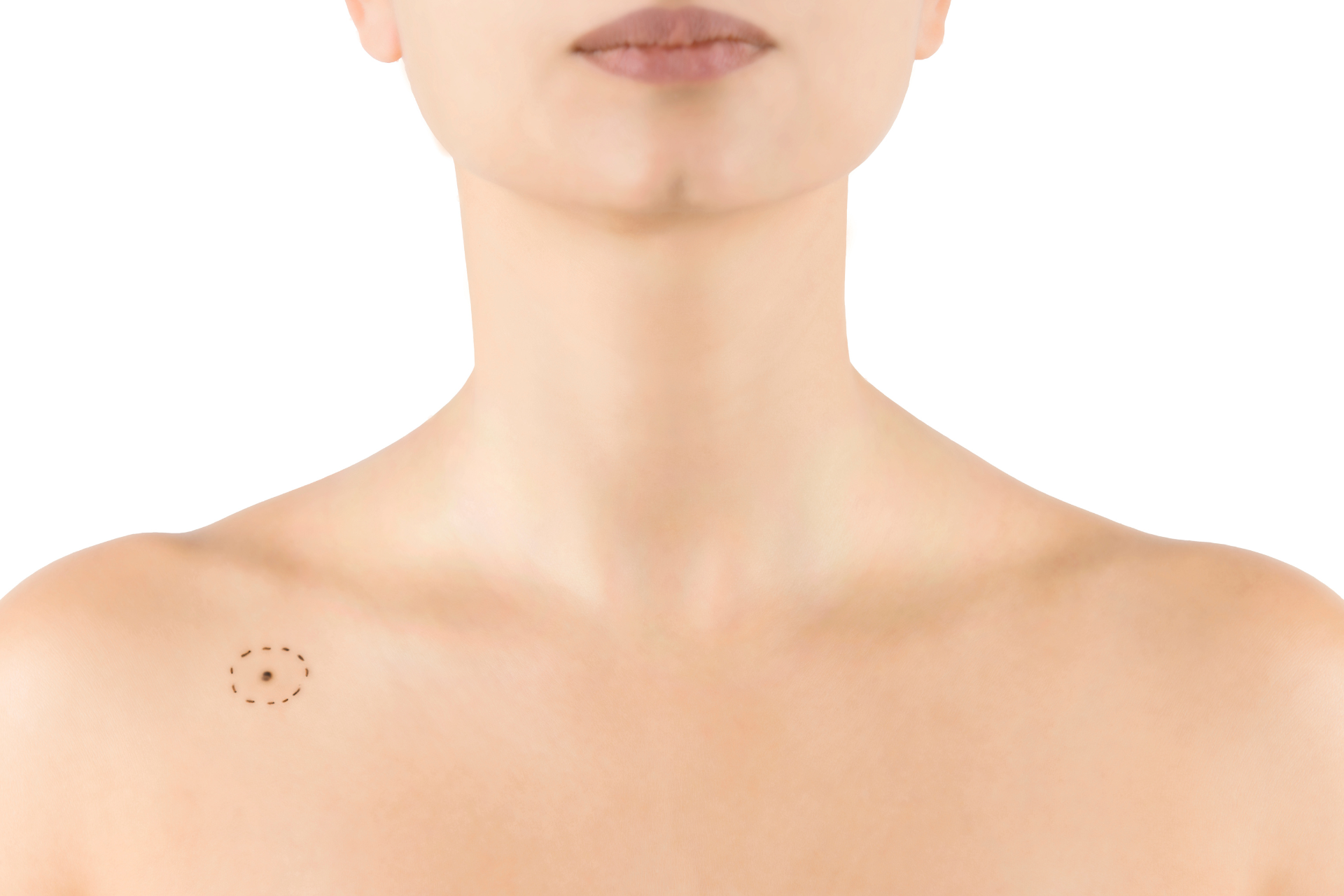Why Does Skin Cancer Occur? Exploring the Causes and Risk Factors

At Fall Creek Skin and Health Clinic, we believe that understanding skin cancer is the first step towards prevention and treatment. Skin cancer, one of the most commonly diagnosed cancers in the United States, can affect anyone, but knowledge about its causes and risk factors can empower individuals to take proactive steps in safeguarding their skin health.
Understanding Skin Cancer
Skin cancer arises when skin cells begin to grow uncontrollably, often as a result of DNA damage. This damage is typically caused by UV radiation from the sun or artificial sources like tanning beds. The two most common types of skin cancer are basal cell carcinoma (BCC) and squamous cell carcinoma (SCC), both of which are more likely to occur in areas frequently exposed to sunlight. Melanoma, the most aggressive form of skin cancer, can develop anywhere on the body and often arises from existing moles or skin lesions.
Common Causes of Skin Cancer
1. Ultraviolet (UV) Radiation
The primary cause of skin cancer is exposure to UV radiation. The sun emits two types of harmful rays: UVA and UVB. UVB rays are known to cause sunburn and play a significant role in developing skin cancer, while UVA rays penetrate deeper and contribute to premature aging and skin damage.
2. Artificial Tanning Beds
Devices that emit UV radiation can significantly increase the risk of developing skin cancer, especially in young people and those who use them frequently. The World Health Organization has classified tanning beds as carcinogenic to humans, making their use a serious risk factor.
3. Family History and Genetics
Individuals with a family history of skin cancer may have a higher risk due to genetic factors. Genetic mutations can predispose someone to certain types of cancer, including melanoma. If you have close relatives who have been diagnosed with skin cancer, it's essential to discuss this with your healthcare provider.
4. Skin Type
People with fair skin, light hair, and light-colored eyes are at an increased risk of skin cancer due to lower levels of melanin, which provides some protection against UV radiation. Individuals who tend to freckle or sunburn easily should be particularly vigilant.
5. Age
The risk of skin cancer increases with age as cumulative sun exposure over time can lead to skin damage and changes in skin cells. Regular skin checks and monitoring for new growths or changes to existing moles become increasingly important as individuals age.
6. Weakened Immune System
Individuals with compromised immune systems, such as those undergoing organ transplants or living with conditions like HIV/AIDS, are at a higher risk for developing skin cancer. Their bodies may not be able to fight off the mutations that lead to cancer effectively.
Lifestyle Factors
In addition to the factors above, lifestyle choices can also play a significant role in skin cancer risk. Staying hydrated, maintaining a healthy diet rich in antioxidants, and avoiding smoking can contribute to overall skin health. Protective measures such as wearing broad-spectrum sunscreen, seeking shade during peak sun hours, and donning protective clothing can significantly lower the risk of skin damage and, consequently, skin cancer.
Conclusion
Skin cancer is a serious health concern, but being informed about its causes and risk factors is empowering. At Fall Creek Skin and Health Clinic, we are dedicated to helping our patients of all ages understand the importance of preventative care and regular skin examinations. By taking proactive steps, we can work together to protect your skin and reduce the risk of skin cancer. If you have any concerns about your skin health, don’t hesitate to contact us for a consultation.




